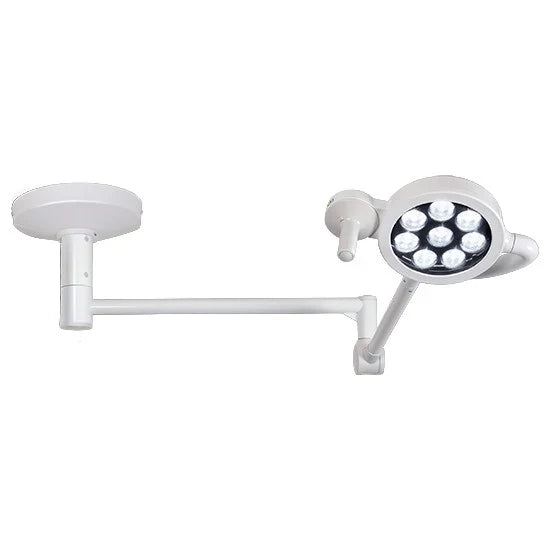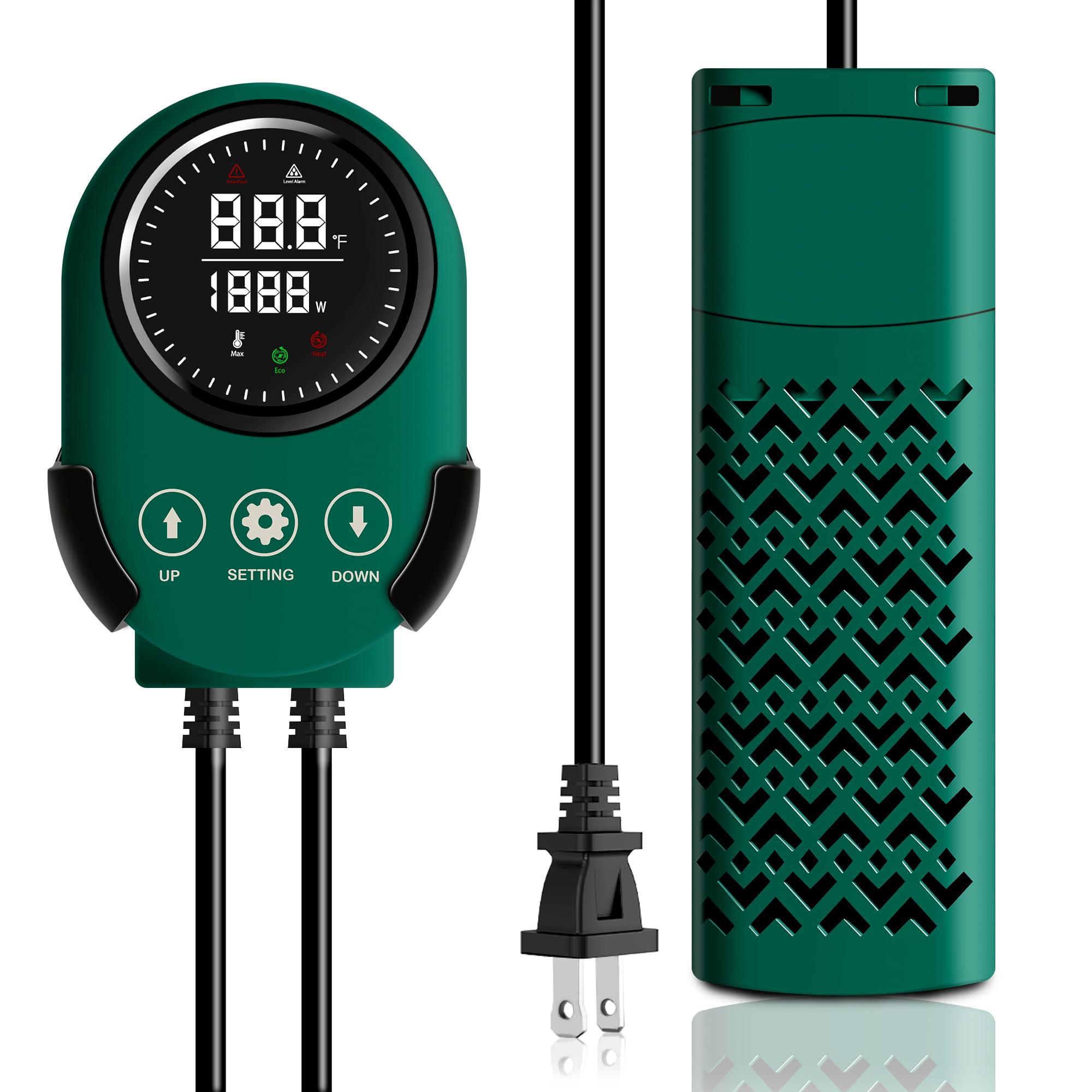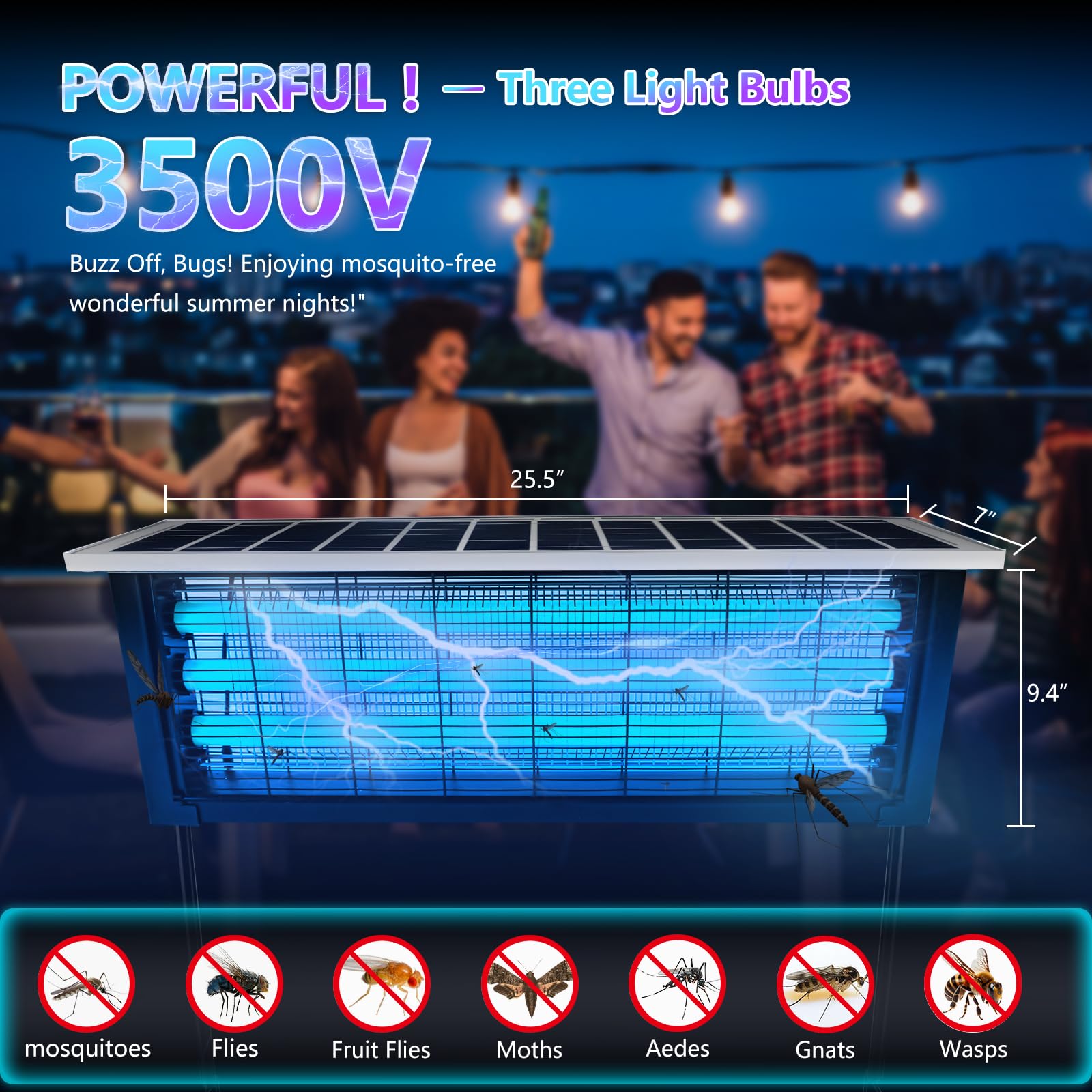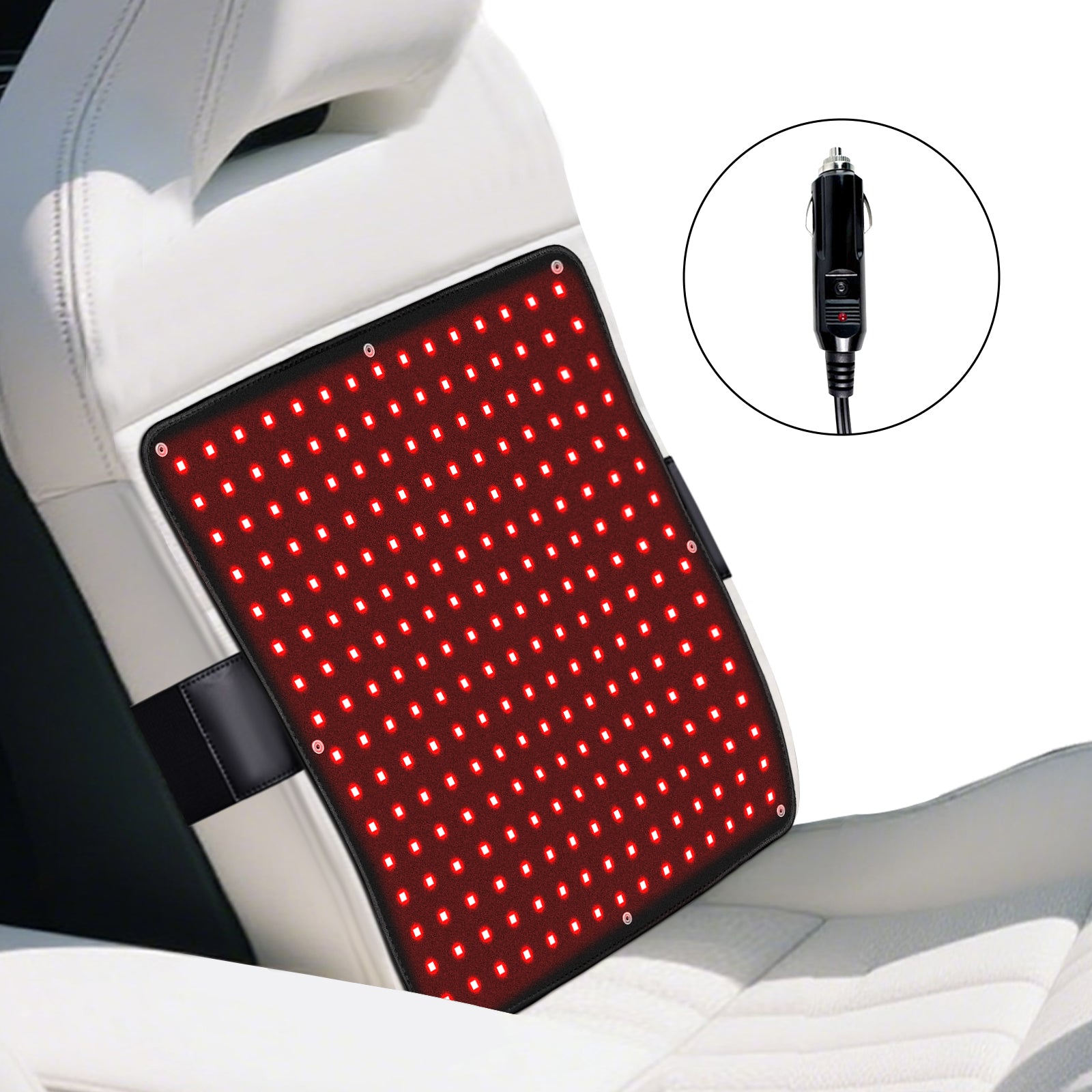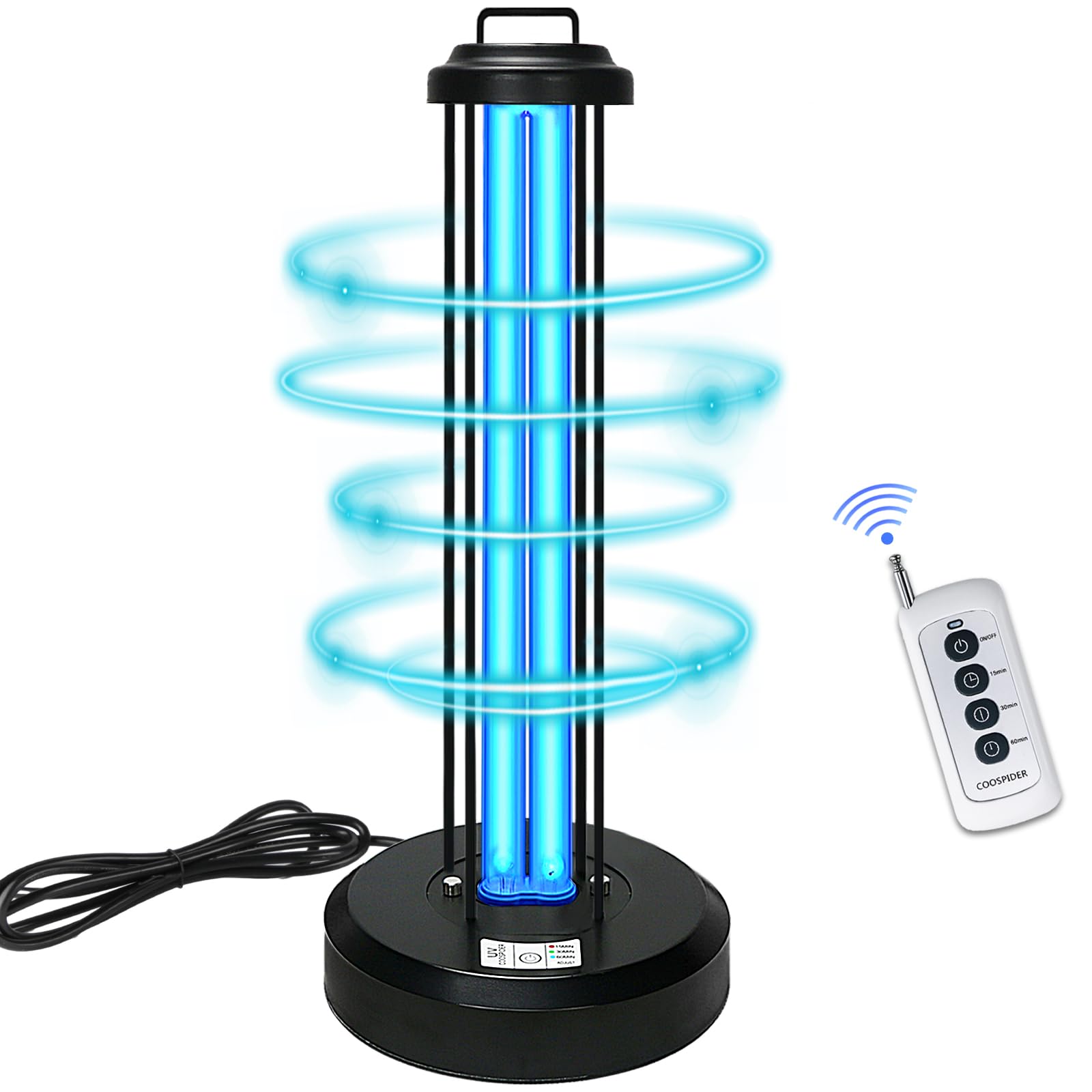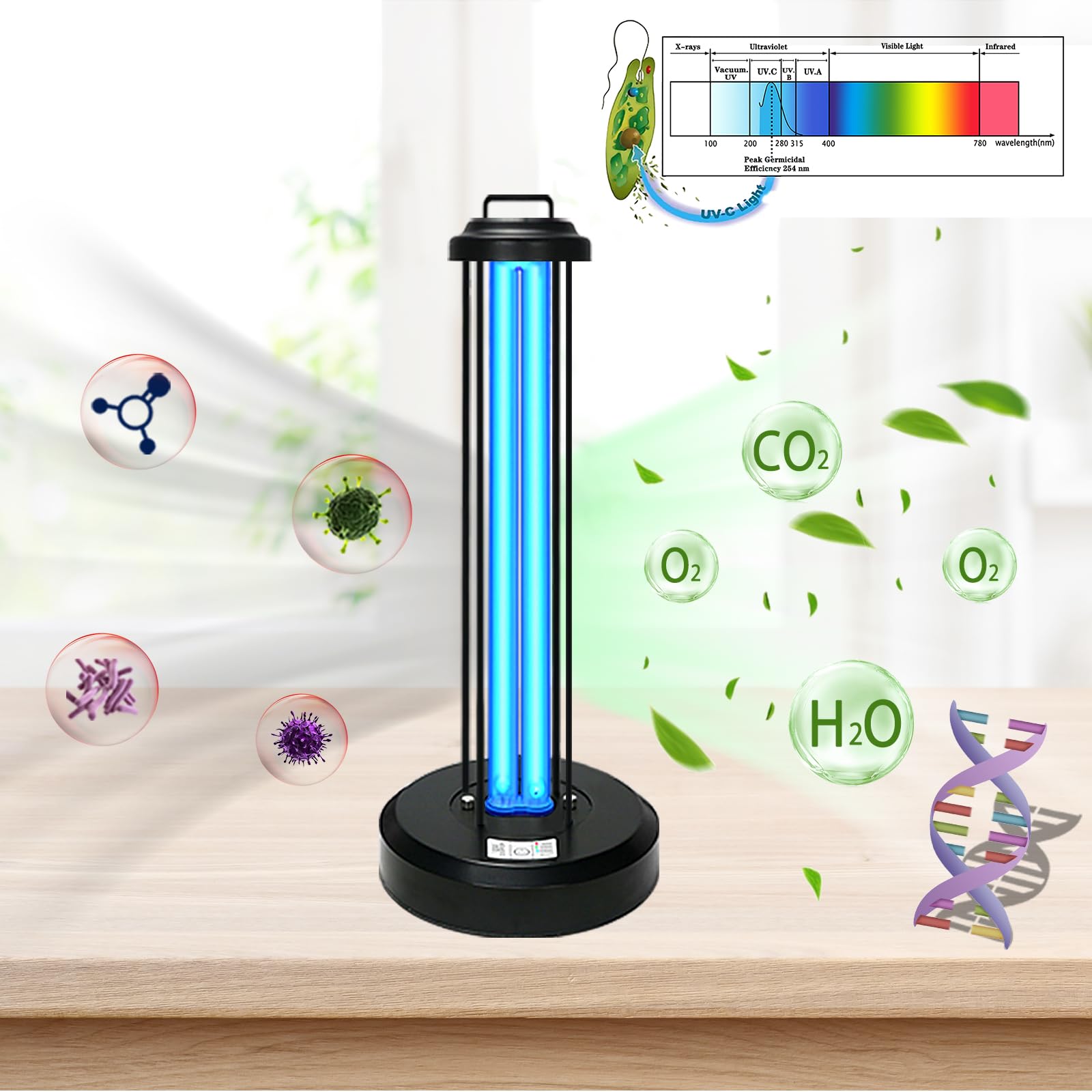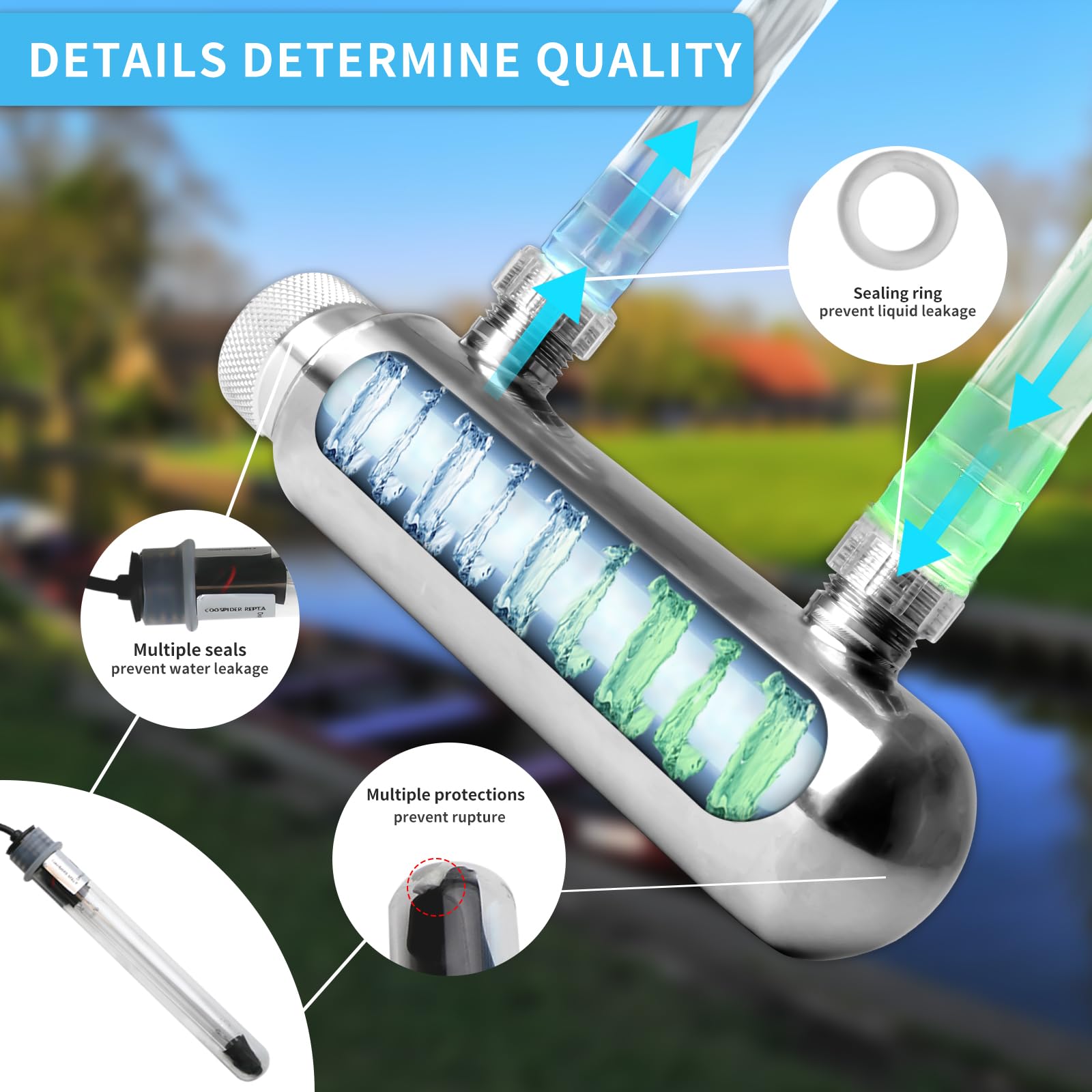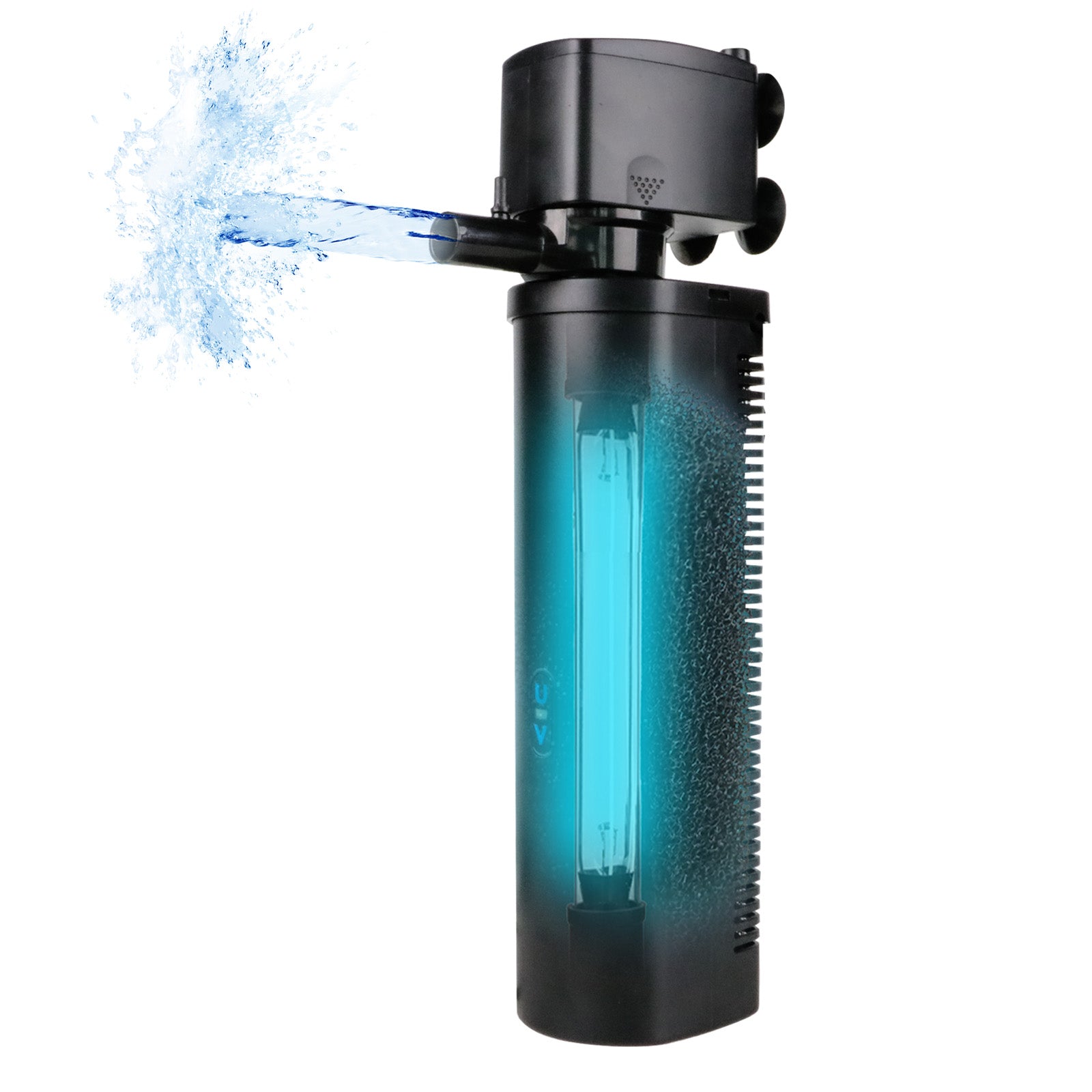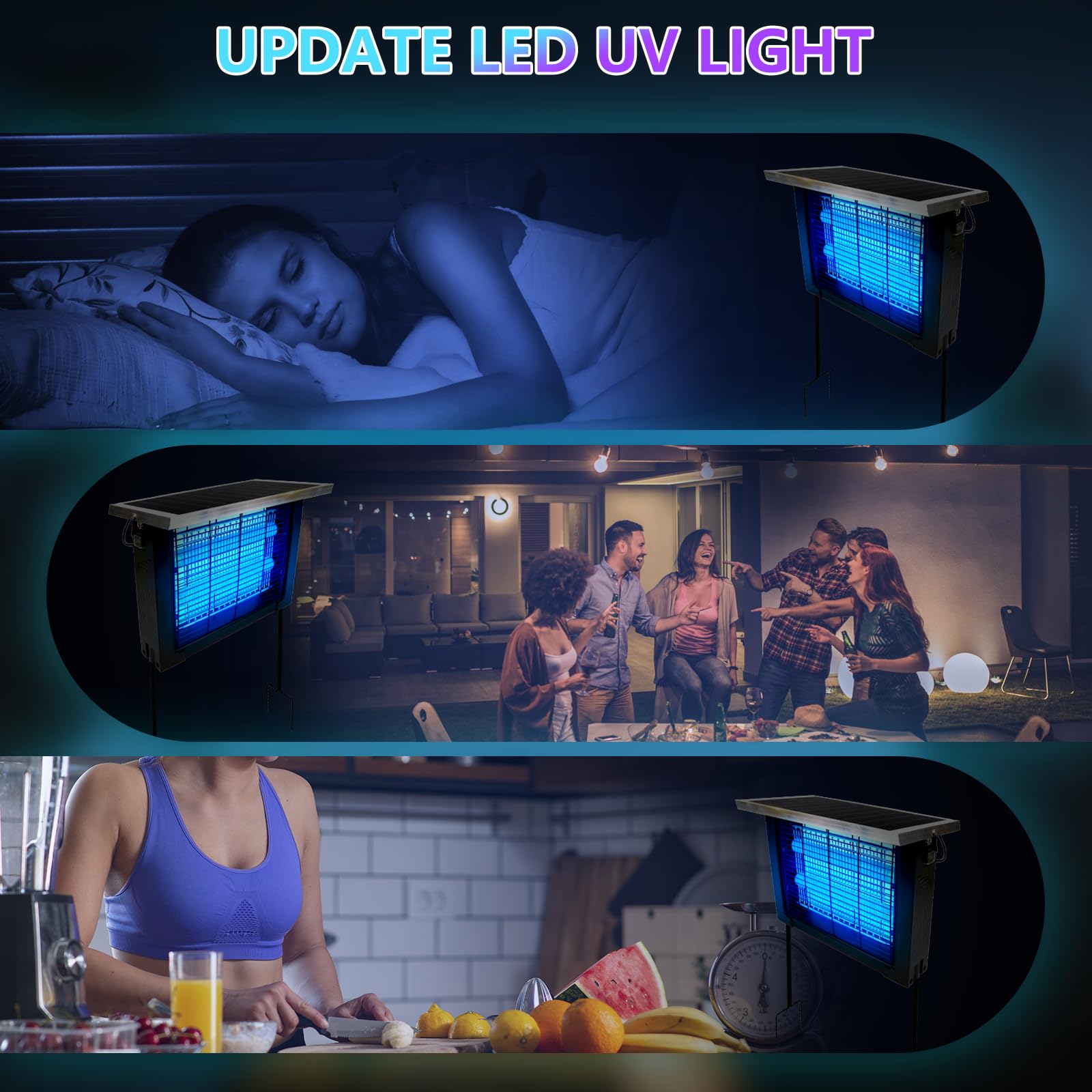In medicine, every detail matters. A doctor’s ability to detect subtle changes in tissue color, texture, or contour can mean the difference between early diagnosis and a missed opportunity. Yet one often-overlooked factor underlies this ability — lighting.
Medical lighting is more than a lamp on a ceiling or an overhead bulb in an operating room. It’s a precisely engineered optical system that enhances visibility, reduces fatigue, reveals true color, and ensures diagnostic accuracy. In the modern clinical environment — from surgical suites to dental chairs and pathology labs — lighting defines how clearly professionals see, interpret, and act.
This in-depth article explores the science, design, and clinical impact of precision medical lighting. You’ll learn how illumination affects perception, why color accuracy is critical, and how emerging technologies like LEDs, tunable spectra, and shadow management are transforming diagnostics worldwide.
1. Why Lighting Matters in Medicine
Lighting in healthcare isn’t just a matter of brightness — it’s a matter of precision, perception, and safety.
1.1 The Human Eye in a Clinical Setting
The human eye distinguishes over 10 million colors, but its sensitivity depends heavily on light conditions. Under poor lighting, even experienced clinicians can misinterpret skin tones, tissue perfusion, or subtle shades that indicate infection or necrosis.
Inconsistent or low-quality lighting can:
-
Mask early signs of disease.
-
Cause visual strain during long procedures.
-
Lead to color misjudgment in dermatology, pathology, or surgery.
-
Reduce diagnostic confidence and speed.
Simply put, you can’t treat what you can’t see clearly.
1.2 The Role of Lighting in Diagnostic Accuracy
Clinical decisions often depend on color perception — the redness of inflammation, the bluish hue of cyanosis, the pale tone of anemia, or the subtle yellow of jaundice.
Even small shifts in color rendering can alter interpretation. For example:
-
A low color rendering index (CRI) light can make tissue appear dull or washed out.
-
A high-CRI surgical light (CRI ≥ 95) reveals natural contrast between muscle, fat, and blood vessels.
That’s why medical lighting is designed to simulate daylight-quality illumination, with balanced color temperature and minimal distortion.
2. The Science of Medical Illumination
Behind every surgical lamp and examination light lies sophisticated optical engineering.
2.1 Key Lighting Parameters
| Parameter | Description | Clinical Impact |
|---|---|---|
| Illuminance (Lux) | The amount of light reaching a surface | Determines visibility and shadow sharpness |
| Color Temperature (Kelvin) | Warm vs. cool tone of light | Affects perception of tissue and comfort |
| CRI (Color Rendering Index) | Accuracy of color appearance under a light source | Directly influences diagnostic accuracy |
| Uniformity | Consistency of brightness across the field | Prevents eye strain and missed areas |
| Shadow Management | Ability to minimize dark zones caused by hands or tools | Critical for surgery and dental work |
| Heat Emission | Radiant heat output of the lamp | Impacts patient comfort and sterility |
Each parameter is tuned differently for different medical environments — from bright, sterile surgical suites to softly illuminated recovery rooms.
3. Evolution of Medical Lighting Technology
Lighting in healthcare has evolved dramatically over the past century.
3.1 From Incandescent to LED
In the early 20th century, incandescent bulbs were used in operating rooms. They provided warmth and brightness, but also excessive heat and poor color accuracy. Surgeons often perspired under the lights, and tissue color appeared distorted.
Then came halogen bulbs, offering higher intensity and whiter light — but still generating significant heat and energy waste.
The 21st century brought LED (Light Emitting Diode) technology, revolutionizing medical illumination with:
-
Cooler operation
-
Longer lifespan (30,000–60,000 hours)
-
High energy efficiency
-
Tunable color temperature
-
Excellent color rendering
LEDs now dominate every segment — surgical, dental, diagnostic, and laboratory.
3.2 Hybrid and Tunable Systems
Modern systems combine multiple LEDs of different color temperatures, allowing users to adjust light tone — for example, warmer (3,500K) for comfort or cooler (5,000–6,500K) for high-detail procedures.
This adaptability improves both visibility and clinician focus.
4. Categories of Medical Lighting
Each healthcare space has its own optical demands.
4.1 Surgical Lighting
Operating room (OR) lights are the pinnacle of precision illumination.
Key features include:
-
High illuminance (100,000–160,000 lux at the surgical site).
-
CRI > 95 for natural tissue color rendering.
-
Shadow dilution using multiple light sources.
-
Adjustable color temperature for different surgical phases.
-
Sterile handle design for positioning without contamination.
Modern surgical lighting systems also integrate camera mounts for live imaging and documentation.
4.2 Examination and Procedure Lights
Used in general practice, dermatology, gynecology, and ENT clinics, these provide focused yet flexible illumination.
They are designed for:
-
Adjustable brightness (10,000–50,000 lux).
-
Compact and mobile structure.
-
Easy positioning to access different body areas.
4.3 Dental and ENT Lighting
Dental and ENT procedures require narrow, directed beams and shadow-free lighting.
Most modern units integrate LED ring lights or fiber-optic systems in headlamps and handpieces, enabling clinicians to illuminate cavities or narrow anatomical spaces precisely.
4.4 Diagnostic Imaging Rooms
Radiology and ultrasound environments require controlled ambient lighting to reduce reflections and improve monitor visibility. Indirect, dimmable lights maintain staff comfort while preserving image contrast.
4.5 Laboratory and Pathology Lighting
In pathology and cytology, true color fidelity is vital for identifying tissue samples or microorganisms. LED microscopes and overhead lights maintain neutral daylight tones to prevent misinterpretation.
5. How Lighting Affects Clinical Perception and Decision-Making
Lighting directly influences not only visibility but also cognitive interpretation.
5.1 Color Accuracy and Tissue Identification
Human perception adapts to color temperature shifts — but diagnostics cannot afford adaptation errors.
For instance, yellow-biased lighting may make a pale patient appear jaundiced; blue-biased lighting may hide subtle cyanosis.
High-CRI, neutral-white lighting ensures that clinicians see true tissue colors, allowing for precise differentiation between healthy and damaged areas.
5.2 Reducing Eye Strain and Fatigue
Clinicians work long hours under bright lights. Poorly balanced lighting causes glare, eye strain, and even headaches.
Uniform illumination and flicker-free LEDs help maintain visual comfort and concentration during extended surgeries or diagnostic sessions.
5.3 Enhancing Focus and Workflow
Adaptive brightness allows medical teams to tailor illumination to task phases — bright white for incision, warmer tones for suturing or recovery.
This control reduces distraction and optimizes performance.
6. Optical Engineering in Medical Lights
Behind every precise beam lies complex engineering.
6.1 Beam Control
Surgical lights use multi-reflector designs or lens arrays to shape light evenly across deep cavities. This ensures no “hot spots” (over-bright areas) or dark zones.
6.2 Shadow Management
Modern systems employ overlapping light fields — multiple beams from different angles converge on the target, minimizing shadows even if a surgeon’s hand blocks one source.
This “shadow dilution” ensures uninterrupted visibility throughout procedures.
6.3 Sterility and Heat Management
LEDs produce minimal infrared radiation, keeping surgical sites cool. Enclosed housings and smooth surfaces also simplify sterilization.
6.4 Integration with Imaging Systems
Some advanced lights incorporate built-in cameras and sterile video transmission, enabling surgeons to record or broadcast real-time procedures without separate lighting interference.
7. Specialized Lighting in Medical Subfields
7.1 Dermatology
Skin examination relies on light that reveals pigmentation and vascular patterns.
-
White LED light shows general texture and tone.
-
UV light (Wood’s lamp) exposes fungal infections and pigment irregularities.
-
Polarized light enhances visibility beneath skin layers.
Dermatologists use hybrid systems combining multiple wavelengths for full-spectrum skin analysis.
7.2 Dentistry
Dental work requires deep illumination into oral cavities without glare. Head-mounted LED lamps, ring lights, and ceiling-mounted reflectors ensure constant brightness and ergonomic alignment.
Some advanced lights include color temperature control to switch between diagnostic (cool white) and cosmetic (warm white) modes.
7.3 Endoscopy and Minimally Invasive Surgery
Endoscopes rely on fiber-optic lighting transmitted through narrow tubes. LEDs have replaced halogen sources, reducing heat and improving clarity in small spaces like the abdomen or sinuses.
7.4 Ophthalmology
Eye surgeons require ultra-precise illumination with low glare and high contrast. Specialized coaxial lighting systems highlight the retina, cornea, or lens without reflecting off moist surfaces.
8. Human Factors and Ergonomics
Lighting also affects comfort and psychological well-being in medical environments.
-
Patients: Soft, warm light in recovery areas promotes relaxation and lowers stress.
-
Clinicians: Adjustable intensity supports circadian rhythm regulation during long shifts.
-
Designers: Hospitals now integrate human-centric lighting to mimic natural daylight cycles, enhancing mood and alertness.
9. Energy Efficiency and Sustainability
Hospitals run 24/7 — energy efficiency is critical.
Modern LED systems consume up to 70% less energy than halogen equivalents, reducing both cost and environmental footprint.
Smart controls allow occupancy sensing, dimming, and automated daylight compensation, ensuring sustainability without compromising visibility.
10. Case Study: LED Upgrade in a Major Surgical Center
A large U.S. hospital replaced its decade-old halogen lights with high-CRI LED surgical systems. The results were measurable:
-
Energy consumption dropped by 60%.
-
Maintenance cycles extended by 10x.
-
Surgeons reported 35% reduction in visual fatigue.
-
Color differentiation during laparoscopic procedures improved noticeably.
The investment paid for itself within two years — proof that precision lighting is both a medical and financial advantage.
11. Future Trends in Medical Lighting
Technology continues to evolve rapidly.
11.1 AI-Assisted Illumination
AI-driven systems can adjust intensity and color temperature automatically based on the surgical phase or tissue type detected by imaging sensors.
11.2 Spectrally Tunable Lighting
Next-generation systems allow users to fine-tune specific wavelengths for enhanced tissue visualization — for example, emphasizing oxygenation or vascularity during surgery.
11.3 Integration with Digital Imaging
Lighting now works hand-in-hand with digital cameras, microscopes, and AR/VR systems, ensuring true-to-life color calibration across displays and visual tools.
11.4 Blue-Light Reduction for Eye Safety
To protect clinicians from long-term blue-light exposure, modern LEDs integrate filters and diffusers that maintain brightness while reducing potential retinal strain.
12. Standards and Regulations
Medical lighting must comply with rigorous international standards:
-
IEC 60601-2-41: Safety for surgical and examination lights.
-
EN 12464-1: Lighting for indoor workspaces (including hospitals).
-
IESNA RP-29: Guidelines for lighting healthcare facilities.
Certification ensures consistent brightness, color, and safety performance across all medical devices.
13. Selecting the Right Medical Lighting System
Choosing a lighting system requires balancing performance, ergonomics, and compliance.
13.1 Define Application Requirements
-
Surgery: High-intensity, shadow-free, sterile.
-
Diagnostics: High CRI, adjustable temperature.
-
Patient Care: Comfortable, soothing, dimmable.
13.2 Evaluate Specifications
-
CRI ≥ 95
-
Adjustable CCT (3,500–6,500K)
-
Flicker-free drivers
-
Low heat emission (< 2°C rise at surgical field)
13.3 Consider Ergonomics
Lights should be easy to position, lightweight, and sterilizable.
13.4 Future-Proof Design
Choose modular systems that can integrate with imaging tools or software updates.
14. The Hidden Cost of Poor Lighting
Inadequate lighting doesn’t just affect visibility — it can lead to real-world risks:
-
Misdiagnosis or delayed detection
-
Increased surgical time
-
Eye strain and reduced clinician productivity
-
Higher energy and maintenance costs
Investing in proper lighting isn’t an expense; it’s a safeguard for quality care.
15. Beyond the Operating Room: The Culture of Illumination
Light in medicine carries symbolic as well as functional meaning. It represents clarity, healing, and discovery. The same light that reveals a hidden lesion also guides surgeons, calms patients, and empowers science.
From exam rooms and ICUs to laboratories and classrooms, precision illumination embodies the commitment to accuracy, safety, and compassion that defines modern healthcare.
Conclusion: Seeing Clearly, Healing Better
In the intricate world of diagnostics and surgery, light isn’t just a tool — it’s an extension of the clinician’s vision.
Precision medical lighting brings the unseen into view, transforming how professionals diagnose, operate, and heal. It ensures that every decision is based on truth — not shadows or distortion.
As technology advances, illumination will continue to merge with intelligence, adapting dynamically to every procedure and patient.
Because in medicine, clarity saves lives — and it all begins with the right light.

